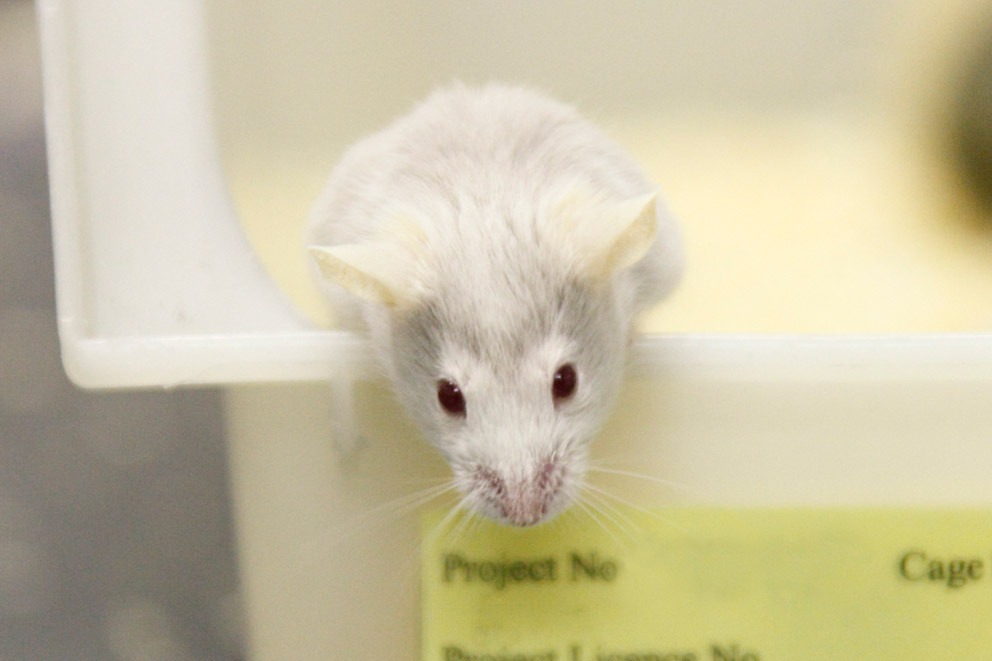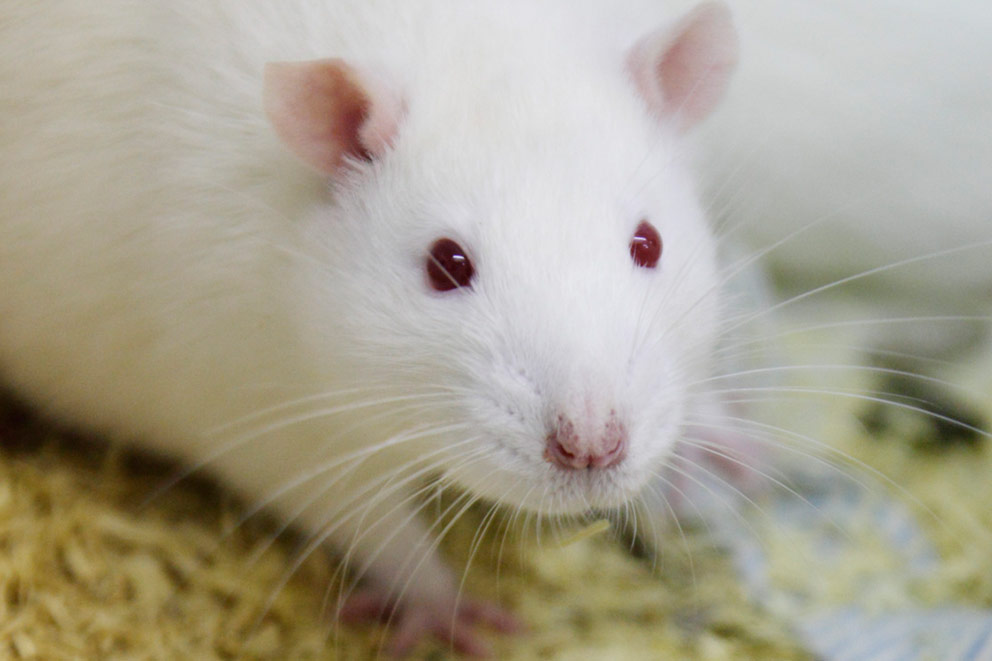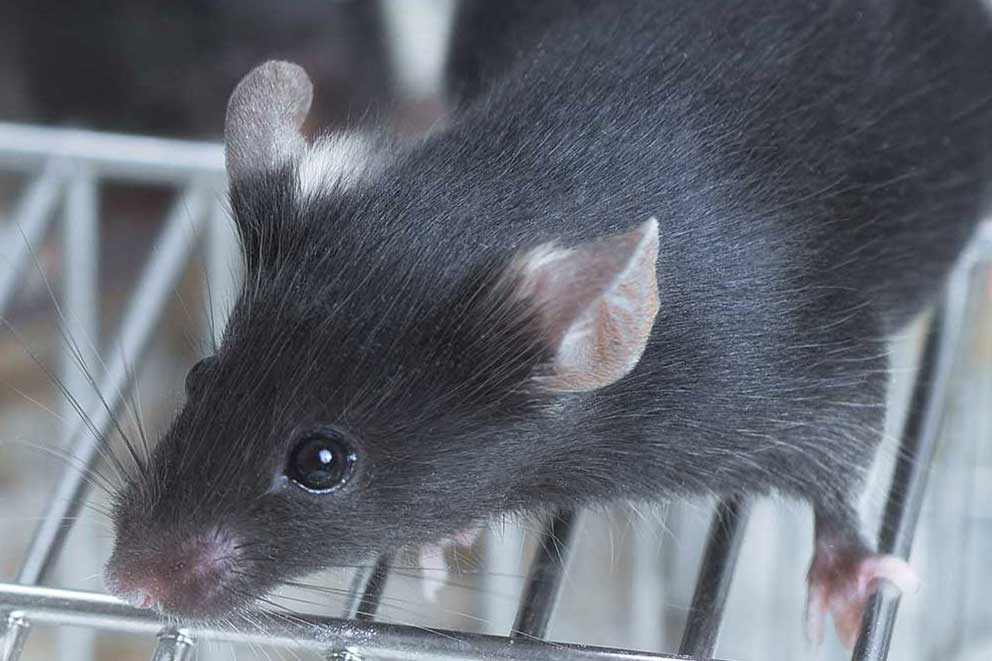Welfare assessment
The term 'welfare assessment' refers to monitoring animals for signs of pain, suffering and distress associated with procedures and their effects, as well as to the day-to-day assessment of all animals to see how they are coping with their environment and to detect health or welfare issues.

Defining effective ‘welfare assessment’
Indicators of positive wellbeing, such as appropriate levels of grooming and social interaction, should also be included when devising welfare assessment protocols.
Effective welfare assessment is especially important with respect to severe suffering, as it can help to prevent pain and/or distress reaching 'severe' levels and better inform refinement approaches and the implementation of humane endpoints.

Creating an assessment system
The ‘six level category’ approach in Appendix 1 of the European Commission’s Severity Assessment Working Document is helpful when defining an assessment system. Standardised terminology with respect to welfare indicators can also be useful in order to ensure that all staff are ‘on the same page’ (for example: mouse welfare terms) and to avoid confusion that could delay intervention.
During and after procedures, records of day-to-day observations can be reviewed to assess how accurately harms were predicted, how severely animals were affected and how effective any refinements have been. All of this information, obtained using robust welfare assessment protocols, should then complete the circle below and help to implement refinement in future projects.
Note: People using animals in science within the UK and the European Union are required to report the 'actual severity’ experienced by each animal to regulatory authorities, so that this can be published in statistics for the general public, but this is just a snapshot of the animal's 'worst day' and should only form part of your overall assessment of their experience.
The refinement circle
Thorough review of the animal’s lifetime experience, identifying every source of potential suffering and implementing refinement for each one
An effective welfare assessment system for observing animals, recognising and assessing indicators of suffering, recording and reviewing observations
Tips for effective welfare assessment protocols
Make sure there is a specific welfare assessment protocol tailored to the species and procedure, from the project planning stage.
Ensure input from someone with a sound understanding of the normal physiology and behaviour of the species (and strain, if appropriate) and of how deviations from normality can affect welfare and provide an indicator that there could be a problem.
Add some of the parameters monitored for scientific purposes to the welfare assessment if appropriate, e.g. heart rate or blood pressure if animals have been implanted with telemetry devices as part of the procedure.
Consider with care all behavioural or physiological indicators for assessing welfare and implementing humane endpoints - think about how they will be used in practice, rather than cutting and pasting from other licences or standard protocols.
Make sure that animal technologists and vets are involved in defining welfare assessment protocols and assisting in their application.
Ask your AWERB, AWB, IACUC or AEC for discussion and guidance.
Consider setting up a ‘welfare pilot study’ if there are uncertainties (see section 2.3.4 of the JWGR report), to see whether the proposed protocol will cause severe suffering, define welfare assessment protocols and identify potential refinements.
Include the final welfare assessment protocol in publications, e.g. as supplementary online material, to facilitate good practice by others.
The Animal Welfare and Ethical Review Body (AWERB), or equivalent committee, should insist that all project proposals are accompanied by a tailored welfare assessment protocol. This should demonstrate understanding of the welfare impact of the animals' lifetime experiences, including the procedures and their effects. The protocols may not have to be included in the project when submitted to regulators for authorisation, but it is important for the AWERB to understand how they will be used day to day.
Welfare assessment resources
- JWGR (Joint Working Group on Refinement) (2011) A guide to defining and implementing protocols for the welfare assessment of laboratory animals
- European Commission (2012) Working document on a severity assessment framework
- NC3Rs – Welfare Assessment
- Research Animal Training course – Recognition of Pain, Suffering and Distress (EU5) (subscription required)

Ways to avoid and reduce suffering
Avoiding and reducing severe suffering helps to fulfil legal requirements, reduce ethical concerns and improve scientific quality. Explore more practical ways to reduce or avoid severe suffering.



